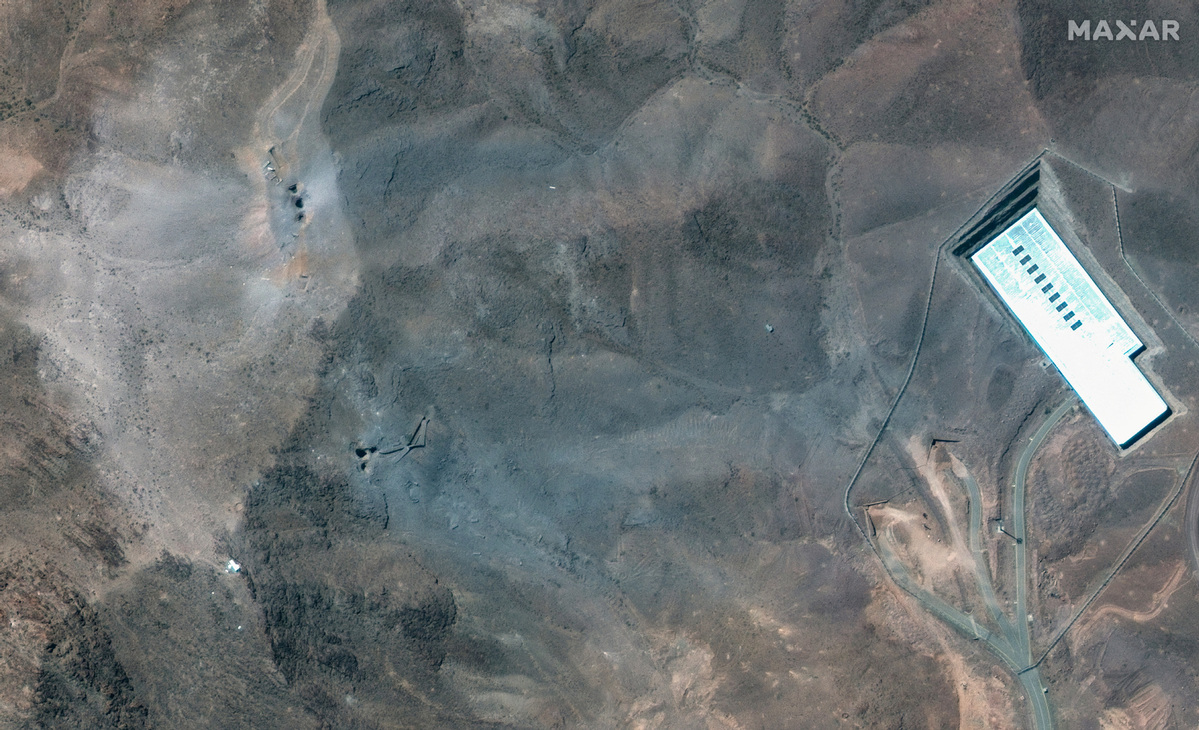U.S. Airstrikes Target Iran’s Nuclear Facilities, Sending Shockwaves Through Global Oil Markets
On June 23, U.S. forces launched a targeted airstrike against Iran’s nuclear infrastructure, focusing on key facilities linked to uranium enrichment and long-term weapons development. The operation—President Trump’s most direct military intervention in the ongoing Israel–Iran conflict—used specialized bunker-buster munitions aimed at underground installations at sites near Fordow and Natanz. The White House described the strikes as a defensive maneuver designed to “degrade Iran’s capacity to produce nuclear weaponry” after weeks of escalating hostilities, which saw missile exchanges and drone strikes between Israel and Iran, with the U.S. allowing basing use but avoiding direct combat.
Financial markets responded immediately: Brent crude rose over 2% in early Asian trading, marking a five‑month high, as investors anticipated supply risks tied to Iran’s retaliatory potential and regional tensions in the Strait of Hormuz, where nearly 20% of global oil transits. Traders moved into safe-haven assets like U.S. Treasuries, gold surged, and the dollar strengthened—counterbalancing stock indexes, which remained volatile but held ground. Importantly, inflation-linked commodities are now under heightened scrutiny due to geopolitical risk premiums.
U.S. Federal Reserve Chair Jerome Powell is scheduled to testify in Congress this week, where he’s expected to speak on inflationary consequences of the energy spike and provide guidance on interest rate paths. Economists caution that rising oil could push U.S. inflation toward 6%—a scenario that would further delay rate cuts and increase borrowing costs globally.
Diplomatically, U.S. allies in NATO backed the move as a calibrated response, while France and Germany cautioned against escalation. Russia and China criticized the attack as “provocative and destabilizing,” raising the stakes at the U.N. Security Council. Iran has vowed proportional retaliation, including targeting U.S. military assets in the region and possibly disrupting oil shipments.
Analysts at Oxford Economics and Morgan Stanley warn of a global growth slowdown if oil exceeds $100 per barrel, weakening consumer spending and industrial output. They anticipate central banks may pivot to tightening policy to curb inflation—risking deeper economic strain. Meanwhile, emerging markets with high external debt are already feeling pressure from a firmer dollar.
Back in Tehran, state media condemned the U.S. strike and released footage of damage at the Evin facility, presumed to be a storage site. Governor Ali Rabiei called it a "war crime" and signaled an "expansion of the targets list." Tehran is reportedly preparing gas pipeline shutdowns and is refining cyberattack methods to retaliate.
In summary, the June 23 U.S. strike marks a decisive turning point—separate from the Israel–Iran exchange—to include America directly. It risks disruptions in global energy supply, complicates inflation trends, and may force central banks to delay monetary easing. The international community watches closely, wondering if diplomacy can still prevail.
News source: https://www.reuters.com/world/middle-east/us-attack-iran-adds-economic-uncertainty-2025-06-23/








